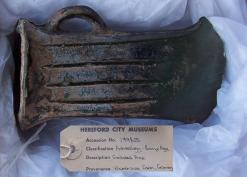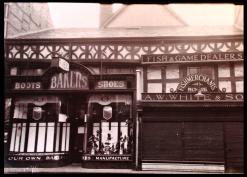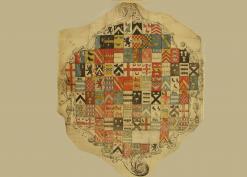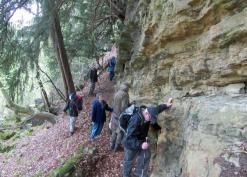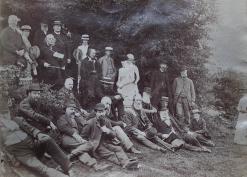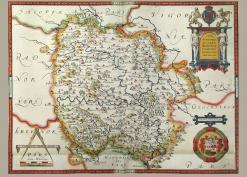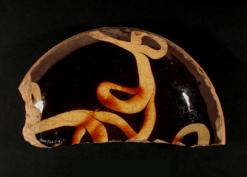Iron Age Pottery
Iron age pottery found in Herefordshire
The most obvious local monuments of the period, hillforts, are a characteristic iron age feature in many parts of Europe, although in fact they have their origins in the bronze age. Herefordshire has around forty hillforts which range in size from the enormous Credenhill at 49 acres down to small earthworks of just an acre or two. Apart from the hillforts, by the end of the iron age Herefordshire would have possessed a developed landscape of farms, fields and trackways which probably persisted with little alteration through most of the Roman period.
Not very much archaeological work has been done on Iron Age settlements situated on lower ground, although these would have had a density similar to modern farms. An important exception was the excavation of a farming settlement near Kenchester in 1977 - 1979 (1)
Apart from excavations at Credenhill little recent work has been done on the Herefordshire hill-forts. In the last century important excavations took place at Sutton Walls (Kenyon, 1954) and Croft Ambrey (Stanford, 1974) Iron age pottery ranged from the crude to the very sophisticated. The impression of a leaf on this iron age sherd demonstrates the conditions in which some was manufactured.
Photograph courtesy of Herefordshire Heritage Services: Hereford Museum & Art Gallery
©Woolhope Naturalists' Field Club, Herefordshire
(1) - Tony Wilmott and Sebastian P Q Rahtz 'An Iron Age and Roman Settlement outside Kenchester, (Magnis), Herefordshire, Excavations 1977 - 1979, Transactions of the Woolhope Naturalists' Field Club, Volume XLV, pages 36 – 185.
